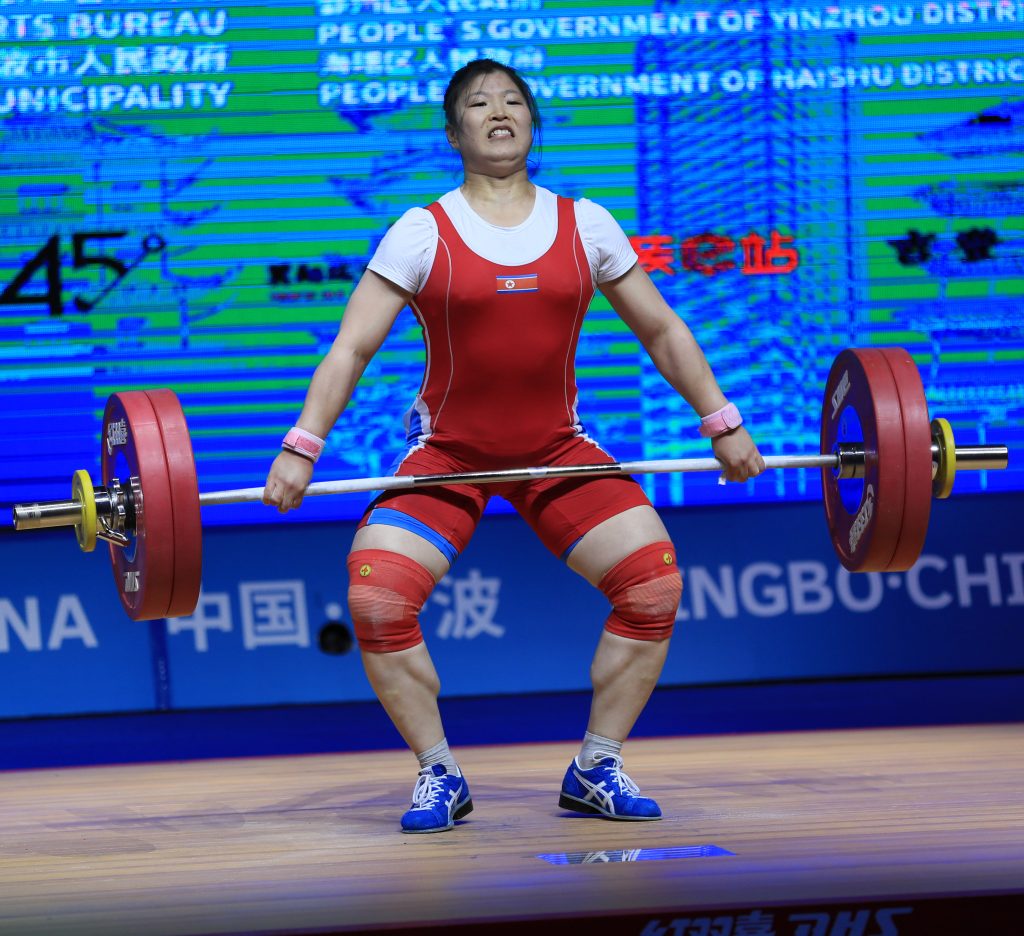Fact vs. Fiction: Part I
This ‘devolution of knowledge’ is responsible for the spread of misinformation; and; in and of itself; one of many cause – effect sources of the non – contact lower extremity injury epidemic in American sport.
Fact vs. Fiction: Part I Read More »




